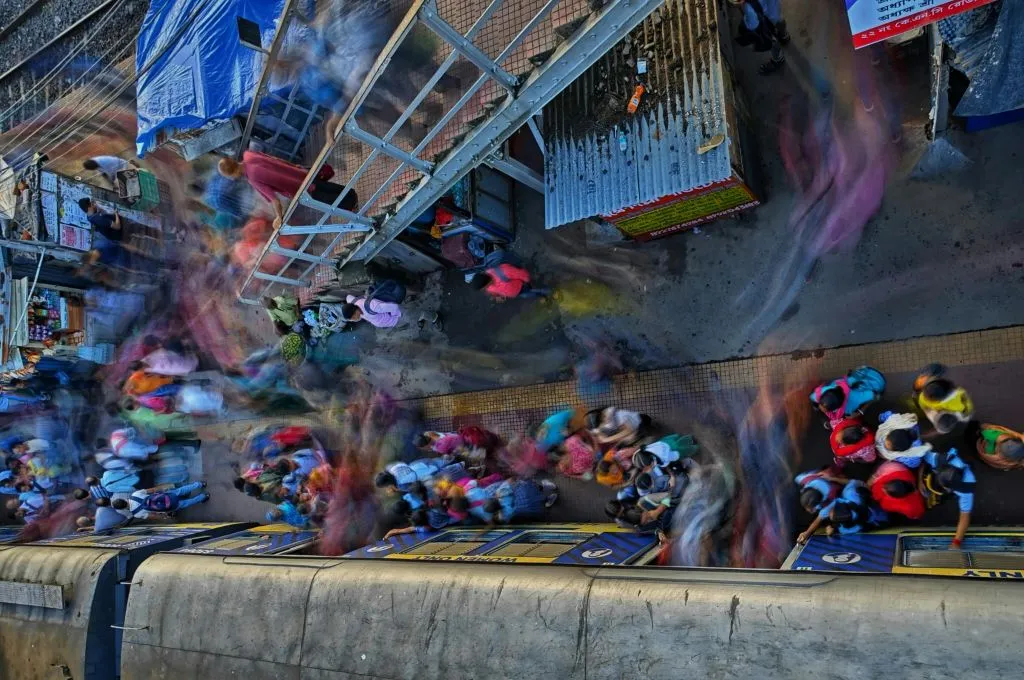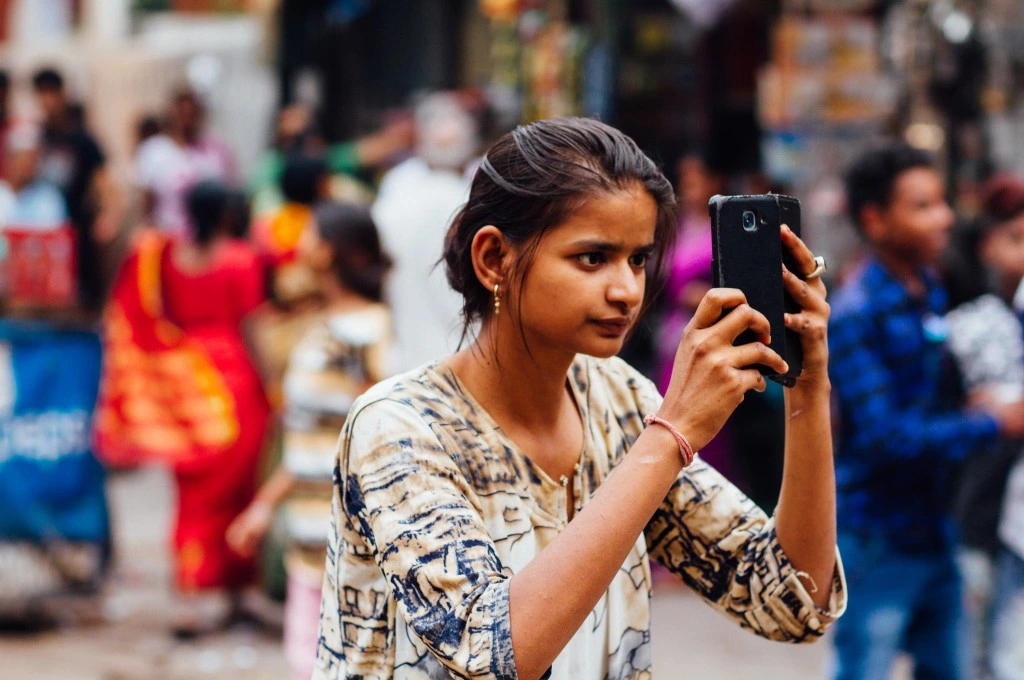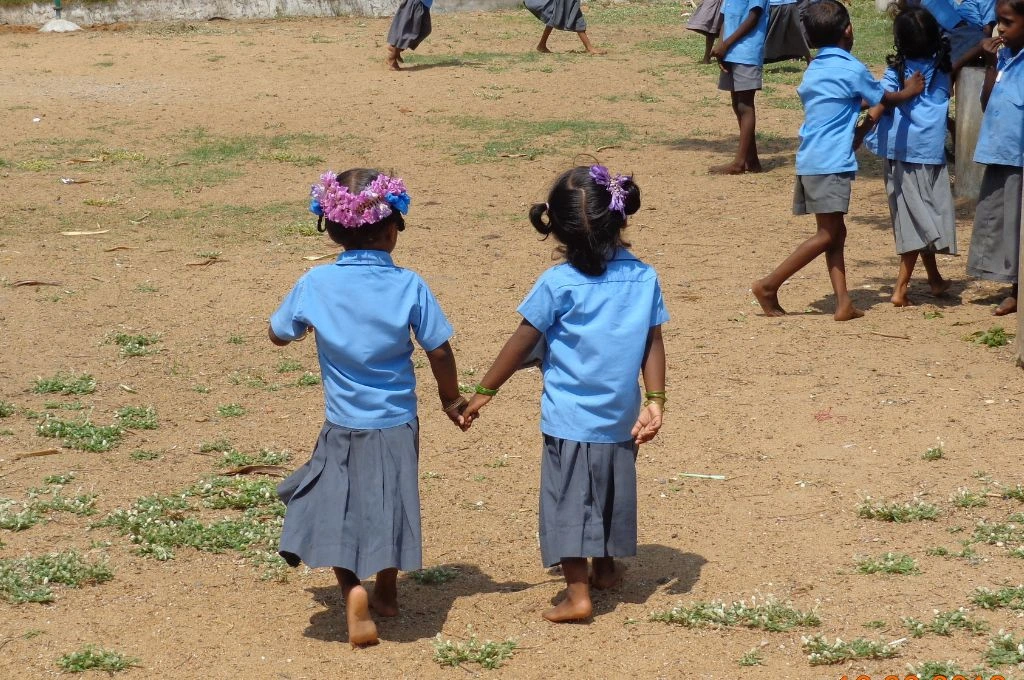On November 26, 2021, NITI Aayog released India’s first ever Multidimensional Poverty Index (MPI), which seeks to complement the existing monetary measures of poverty. This article offers a comprehensive overview of MPI, its origins and significance, as well as some key findings from NITI Aayog’s latest report.
What is MPI and what does it say about poverty in India?
1. In 2010, the first global MPI was released by the Oxford Poverty and Human Development Initiative (OPHI) and the United Nations Development Programme (UNDP), with the aim to measure poverty by considering various kinds of deprivation experienced by people in their daily lives. MPI helps monitor progress towards achieving Target 1.2 of the United Nations’ sustainable development goals, which seeks to reduce poverty in all its forms ‘by at least half’ by the year 2030. According to global MPI 2021, India ranks 66 out of the 109 countries that were surveyed for multidimensional poverty.
2. For decades economists have argued that income alone cannot be a measure of poverty. A person above the ‘economic’ poverty line can suffer from multiple other disadvantages simultaneously—for example, they may have poor health or malnutrition, a lack of clean water or electricity, poor quality of work, or limited access to education.

4. National MPI is an extension of the global method. It provides a more localised picture of multidimensional poverty in a country. National MPI is developed and calculated locally by each country, and can be tailored to that particular country’s needs. National governments have complete ownership over these measures that are embedded into governance systems, ensuring sustainability over time.
5. India’s national MPI is based on the findings of the National Family Health Survey 4, which was conducted between 2015 and 2016, and developed by NITI Aayog in consultation with 12 ministries and in partnership with state governments and the index publishing agencies, namely OPHI and UNDP.
6. It is the first such report since the Bharatiya Janata Party came into power, and replaces the previous poverty line method. India’s national MPI also includes the indicators of access to antenatal care and financial inclusion as measured by bank accounts.
7. According to India’s MPI, Bihar has the highest population of multidimensionally poor people and Kerala the lowest. Uttar Pradesh ranked the worst in the child and adolescent mortality category, followed by Bihar and Madhya Pradesh, while Jharkhand performed the worst when it comes to the percentage of population deprived of sanitation, followed by Bihar and Odisha.
—

Know more
- Read OPHI and UNDP’s handbook for policymakers, planners, and statisticians on how to build a robust national MPI.
- Learn how caste and religion intersect with multidimensional poverty in India.




